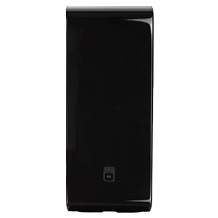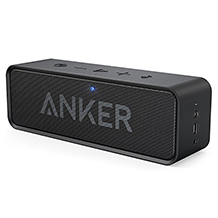Surround sound system purchasing advice: how to choose the right product
- What You Need to Know
- Surround systems consist of at least five speakers and a subwoofer and create a three-dimensional sound experience.
- In active complete systems, the amplifier is integrated in the subwoofer or in a player supplied with the system.
- Passive systems rely on an external amplifier located in control units such as AV receivers. The loudspeakers can be freely combined.
- All components must be matched to each other. In addition to suitable connections, the electrical power and impedance, for example, are important.
- There are surround systems that guarantee wireless transmission via Bluetooth or WLAN. However, mains cables are still necessary.
A feast for the ears
Everyone has at least one favourite film that never gets boring, even after countless repeat viewings. In the weeks when films play in cinemas, it is not only the picture quality that delights, but also the sound. Viewers get to enjoy strong bass and intense highs that resound from every corner of the room. It feels as if you are in the action. If the film disappears from the programme, the magic also fades.
Home cinema is becoming more and more important. Especially in situations where cinema is not an option, it is gladly used – not only by film enthusiasts. If you own a high-quality TV, it may reproduce colours, depths and contrasts brilliantly, but the sound quality of the integrated speakers leaves much to be desired. The sound is lacklustre, tinny and lifeless. For an intense, spatial sound, you need a surround system in addition to the TV set.
In addition to home cinema, surround sound systems can also be used to play music or for gaming purposes. In many games, such as online shooters like Counterstrike, it is important to be able to distinguish between the smallest sounds coming from different directions. Real surround sound is particularly suitable for this purpose.
Structure and function of surround systems
Surround systems are multi-channel sound systems consisting of at least five speakers for the main channels, a subwoofer for the bass and an amplifier. Another term is 5.1 surround system: the “5” stands for the number of speakers and the “1” for the subwoofer. If two more speakers are added, it is a 7.1. system.
The amplifier functions as a control unit: it separates the sound channels from each other and distributes the sound tracks to the speakers so that not all sounds can be heard from each speaker at the same time. It is either designed as a separate AV receiver or integrated into the subwoofer. Surround systems with a separate AV receiver are known as passive systems and allow users to customise their surround system. Active systems, on the other hand, are complete systems with an integrated amplifier.
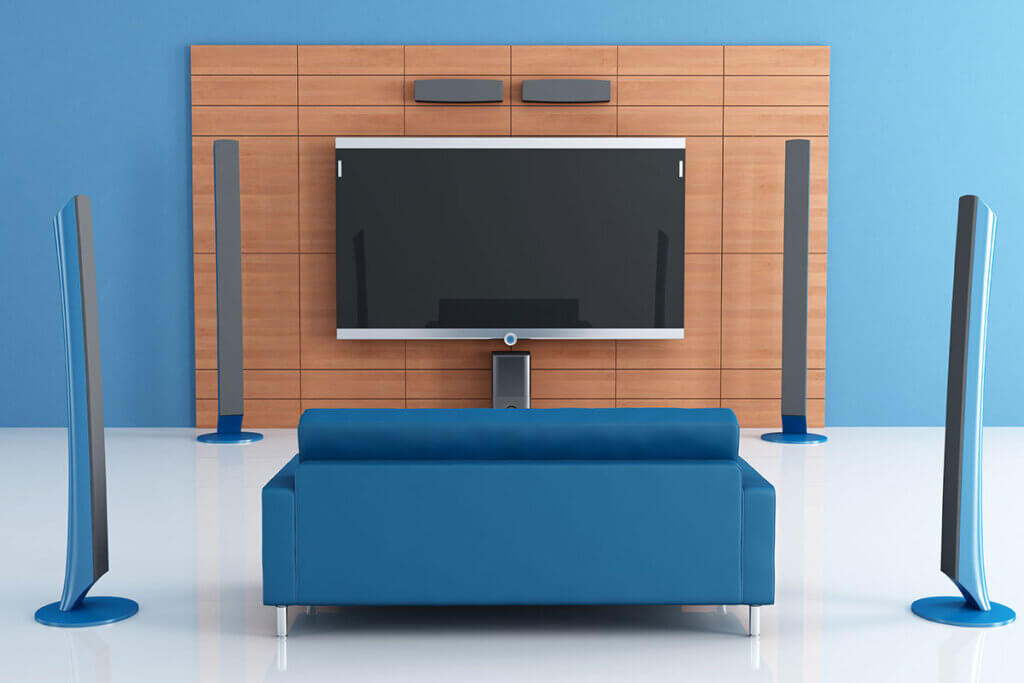
The components and their positioning
Of the five speakers, three are in the front and two in the back. The centre speaker is positioned directly in front of the TV seat and transmits the voices. The two front speakers on the sides of the centre speaker reproduce the background noises.
The two rear speakers are also used to reproduce background noises and are positioned behind the seats. They ensure that you perceive sounds next to or behind you, for example the rain, which you can already hear from the front thanks to the front speakers, or a passing vehicle. The driving noise moves from the rear to the front speakers to reproduce a motion sequence.
Finally, the subwoofer produces the powerful bass used for explosions and the like. There are two types of subwoofers: Downfire subs and frontfire systems. Downfire subwoofers sound the floor, from where the low frequencies are distributed throughout the room. This allows manufacturers to make wide, low-profile models that can even fit under the sofa. Frontfire systems distribute the low frequencies directly throughout the room, which is why they visually resemble front speakers.
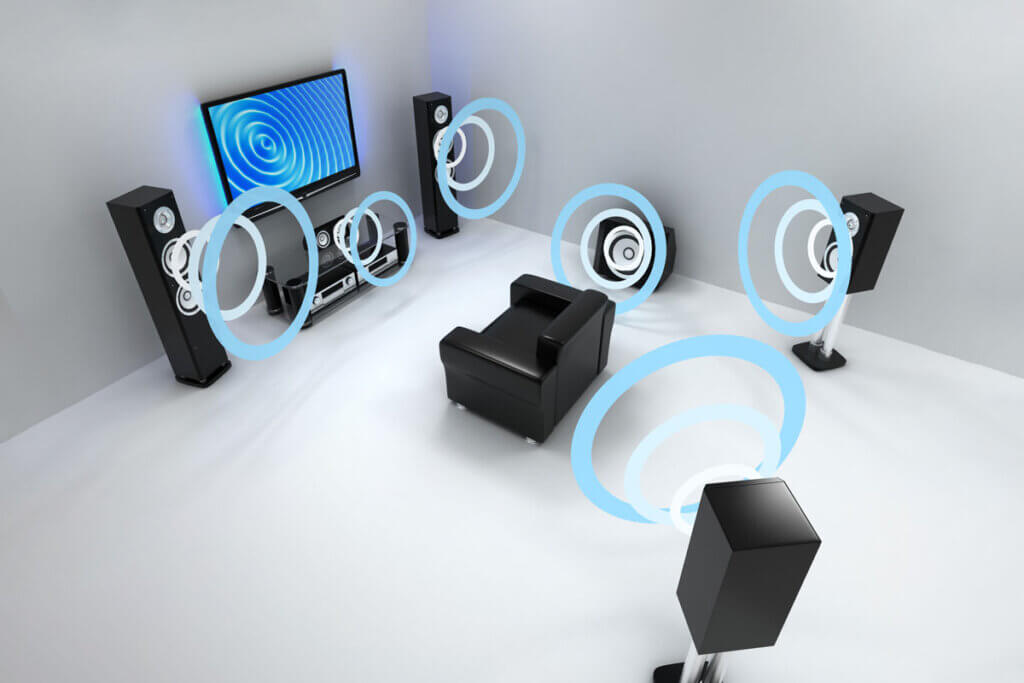
Digital surround sound – an alternative?
Surround systems take up a lot of space. After all, you have to distribute the speakers throughout the room so that the sound really comes from all sides. In small living rooms, however, this is difficult to implement. A space-saving way to improve the sound quality of the TV or other playback media is to use sound bars, which create digital surround sound. The sound radiates onto the walls and is reflected back, creating the impression that the sounds are coming from all sides. Depending on the product, the generation of digital surround sound is more or less successful. Digital surround sound does not come close to the real surround sound created by 5.1 or even 9.2 surround systems. However, for normal consumers in small flats who are not looking for the ultimate cinema experience, digital surround sound can certainly be an option.
What matters when buying
You don’t need a professional sound system costing more than 1,000 euros to watch films with better sound: Even the sound of a simple surround system is far better than that of any TV. For audiophiles who strive for the best possible sound, no price is too high.
Active or passive surround system?
Active surround sound systems are slightly less expensive than passive ones. The amplifier is integrated either in the subwoofer or in a Blu-Ray or DVD player. The system is easy to operate and all the necessary connections are already available. Since all components are part of a complete system, they cannot be easily replaced. You have to rely on the manufacturer to offer suitable replacements if a speaker or the subwoofer is damaged. It is also not easy to add more speakers, as this depends on the number of connections the control unit is equipped with. Complete systems that are tuned to each other usually cannot be expanded.
With passive systems, on the other hand, you can exchange and combine speakers as you wish. Because you buy the AV receiver separately, you have a free choice of connections, performance and features. For example, with the right model, you can connect seven or more speakers. Just make sure that the speakers, subwoofer and receiver are compatible. The shape and size of the speakers will affect your ability to position them in the room: You can choose the products that are best placed and at the same time visually fit the room.
Speaker shapes
You can choose between speakers in different shapes and sizes. If you want to place the surround system in a large room, you can go for very large speakers that will provide a correspondingly powerful sound. For small rooms, it may be worthwhile to use a system with a soundbar.
Compact loudspeaker
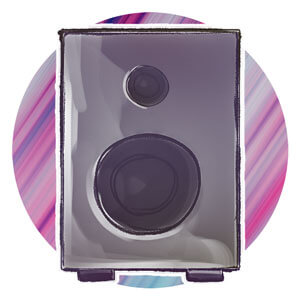
Compact loudspeaker is the generic term for all loudspeakers that, due to their low height, do not stand on the floor but on a raised surface. These surfaces include, for example, special speaker stands. So-called shelf speakers are designed for positioning on shelves. They are acoustically tuned for proximity to the wall. Most compact speakers barely exceed the 50-centimetre mark. Micro speakers are even smaller than 20 centimetres.
Floor-standing speakers
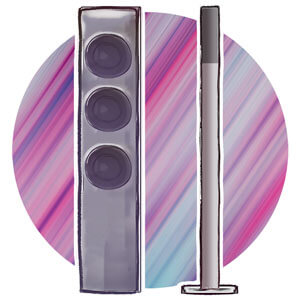
Floor-standing speakers take up more space in the room than compact models: for one thing, they are at least 90 centimetres high, and for another, they need some distance from the walls. Thanks to their large volume, they can reproduce the frequency spectrum in a detailed and rounded way. Apart from large speakers, there are column-shaped models, some of which are less than 10 centimetres wide and up to 120 centimetres high.
Soundbar

With soundbars, you can not only create digital surround sound, but also use them in a real surround system. While the two rear speakers and the subwoofer remain unchanged, the Soundbar replaces the three front speakers. Because it is flat, it takes up less space than three individual speakers, so it is particularly suitable where space is at a premium.
The THX seal
THX was originally a set of standards designed to ensure that the acoustics in a recording studio and in a movie theatre are of the same high quality. The goal is the perception of the sound, i.e. the result. Not only the technology used is important for THX certification, but also the condition of the room. If a cinema meets the requirements, it receives a THX licence from THX Ltd.
With the growing popularity of home cinemas, appropriate THX seals for the components emerged – also for loudspeakers. THX-certified speakers deliver pure, detailed sound because they have very low distortion, even at high volume. Thanks to the even frequency response, the reproduction is particularly precise and less susceptible to distortion. Sets consisting of THX loudspeakers and AV receivers are already ideally matched because settings such as the crossover frequency and the THX reference level are already compatible.
Those who choose THX-certified speakers usually pay more than for non-certified models, but they can be sure of high sound quality. Since non-certified models are not necessarily inferior, it is advisable not to regard the certificate as a compulsory criterion, but as a guideline.
Signal transmission options
To connect amplifier and speakers, you basically have two options for signal transmission: with or without cable.
By cable
Many surround systems are completely connected with cables. Each speaker must be powered and connected to the control unit or amplifier. The speakers in passive systems are equipped with a cable that transmits power and signals simultaneously.
In active systems, on the other hand, many speakers have their own amplifier, which is why two cables are required. Consumers connect one cable to the mains and the other cable to the control unit: in home cinema systems, for example, AV receivers. These have at least five connections for the speakers and one connection for the subwoofer. They ensure constant signal transmission without loss of sound quality.
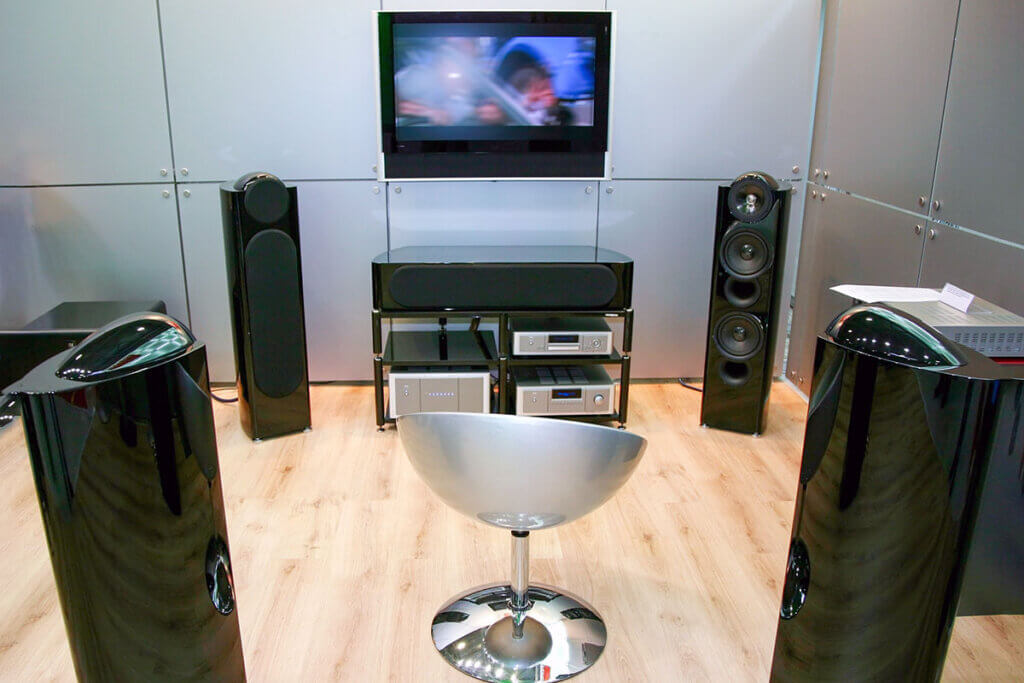
If an active system consists of loudspeakers with and without amplifiers, the cabling is different: You connect the loudspeakers without amplifiers to the versions with amplifiers and their second cable to the mains. A subwoofer with a built-in amplifier is also typical, and you connect the speakers to it via audio cable.
Wireless
If you want to reduce cable clutter, you can opt for wireless transmission. Bluetooth modules, which transmit the audio signals between the control unit and the speakers, are most commonly used. Some systems are also equipped with WLAN. However, this does not mean that no cables are necessary at all. Often only the rear speakers and sometimes the subwoofer are connected wirelessly to the system. This has the advantage that you don’t have to run cables across the entire room. In passive systems with Bluetooth rear speakers, the power or audio cable can be laid inconspicuously in the background. Active systems with built-in amplifiers also noticeably reduce the number of cables, making it easier to position the speakers in the room.
With the Bluetooth version, the signal is transmitted directly between the amplifier and the speakers. A stable connection is guaranteed up to a distance of about ten metres. If a WLAN module is integrated in the amplifier, it usually establishes a connection between audio source and amplifier. By connecting to the home WLAN network, it is possible to play back online content, for example. The range extends over the entire living area.
With Bluetooth, short interruptions can occur more often. In addition, a loss-free transmission of the audio signals is not guaranteed with Bluetooth systems in contrast to wired variants. This is because the audio signals are compressed for wireless transmission, which results in minimal quality losses. However, these are so slight that they are only audible to trained ears.
A connection for everything
In addition to the possibility of connecting the speakers to the amplifier, AV receivers or other control devices are equipped with connections that serve to connect to various audio sources. They often have at least one HDMI connection, which enables a connection to the TV or game console.
Other connections for digital cables that you can use to connect the device to the TV include optical cables, also called TOSLINK cables, and coaxial cables or antenna cables. However, neither TOSLINK nor coaxial cables can transmit complex multi-channel sound formats such as Dolby True HD, Dolby ATMOS or the competing DTS-HD-MA sound format.
Simple 5.1 surround sound is already possible with the Dolby Digital and DTS formats, which both cables can handle without problems. If you want the best sound or want to update the system from 5.1 to 7.1 or 9.2 in the future, an ultra-high-speed HDMI cable is a good choice.
In addition, the units may be equipped with USB ports or memory card slots. This allows you to play audio or video files from external storage media. Headphones can also often be connected to the unit.
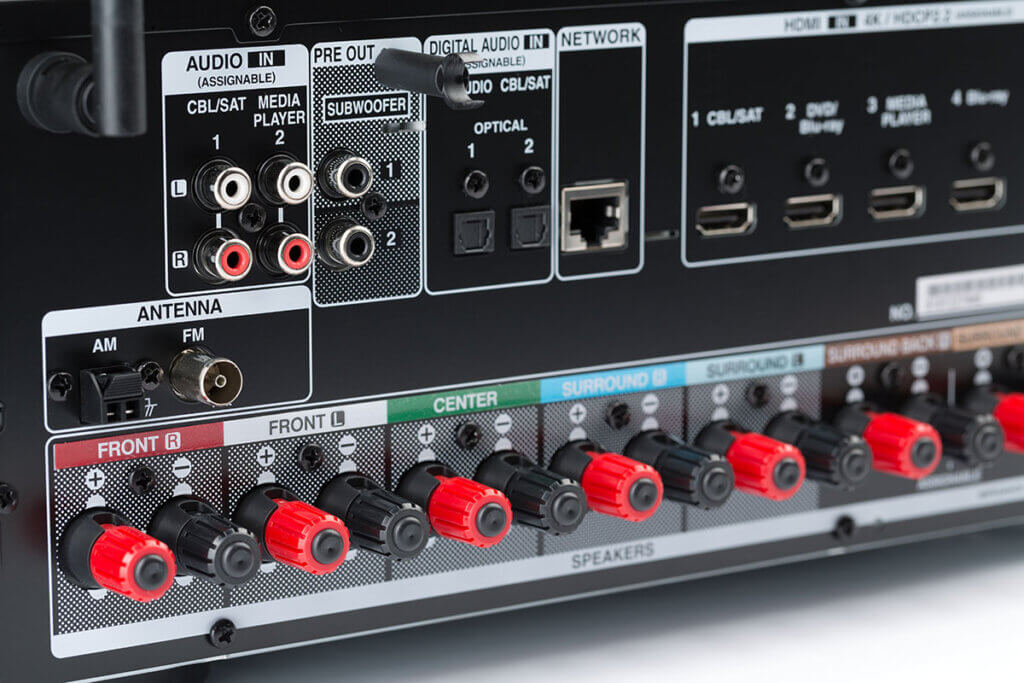
Power handling and electrical output
The power rating of amplifiers and loudspeakers is given in watts. The specification describes the amount of electrical power that the devices can absorb as a maximum, not the sound pressure that the speakers produce. In the home, an average of 50 to 150 watts is provided for each sound channel. For example, in the AVR-X1600H DAB AV receiver from Devon, each channel has 145 watts. A high output power does not necessarily mean a particularly good sound or a high volume: two speakers can be differently loud despite having the same wattage. As a consumer, knowing how much power is required is made more difficult by the fact that manufacturers quote different power ratings. All specifications describe the load limit of loudspeakers.
The maximum power is the wattage that the system can withstand for only a few milliseconds without being damaged. In product descriptions, it is shown in the form of peak power, PMP (peak music power), PMPO (peak music power output) or music power, among others.
The RMS value describes the usable power of loudspeakers. It is the maximum power that the device can deliver over a long period of time without causing damage or distorting the sound. The RMS wattage can also be found in the description of loudspeakers.
If you buy a complete system, the power of the speakers and amplifiers is already optimally matched. If, on the other hand, you buy a separate AV receiver, it is important that its RMS power is approximately equal to the wattage RMS of the speakers. An amplifier that is too weak will distort the sound and quickly overheat. On the other hand, too much amplifier power can overload and damage the speakers.
Important parameters
In the product description of surround systems, consumers are confronted with many technical terms and characteristic values. The sound pressure level, i.e. the noise level produced by the loudspeaker, and the frequency range are only two of the specifications.
The frequency ranges of the different speakers in a surround system are the range of high and low tones. These can be oriented differently: centre speakers, which are specialised for reproducing foreground sounds such as conversations, do not have to cover the entire frequency range between 20 and 20,000 Hertz that can be perceived by the human ear. In the Ultima 40 surround AR 5.1 set from Teufel, the frequency range of the centre speaker is 90 to 20,000 hertz, while the two floor-standing speakers reproduce a range of 45 to 20,000 hertz.
Another value you will come across in your research is the so-called impedance, which is given in ohms. This is the electrical resistance of the speakers. Most speakers have a nominal impedance of four or eight ohms, while most amplifiers can handle either impedance. It is important that consumers set the appropriate value on the amplifier: A four-ohm amplifier cannot overcome the resistance of an eight-ohm speaker, whereas an eight-ohm amplifier on a four-ohm speaker can cause overloading and damage.
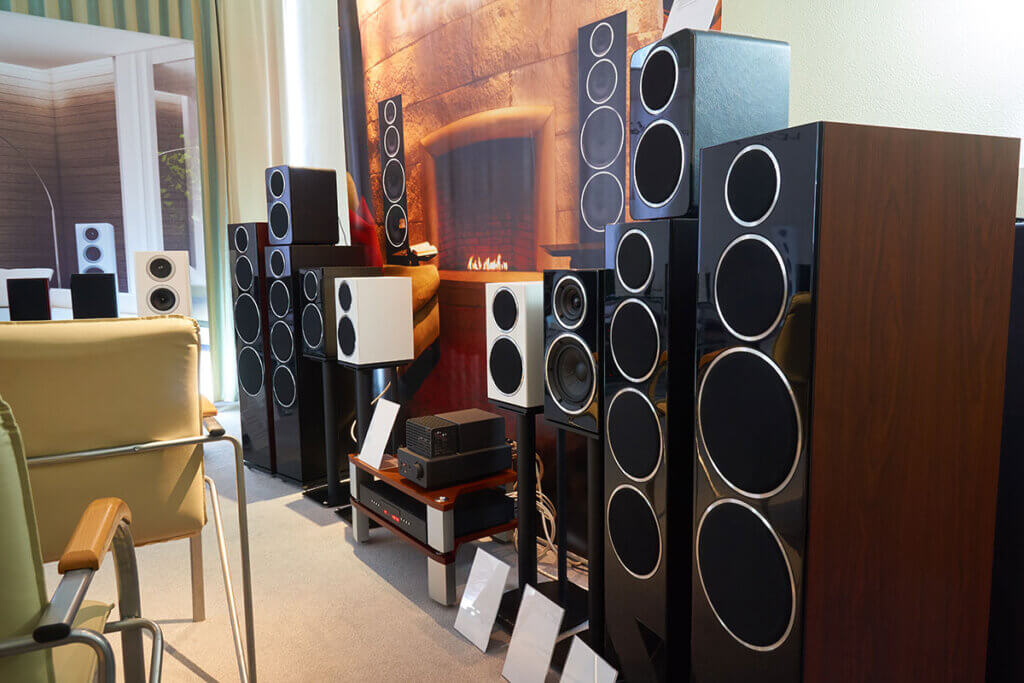
Another specification for loudspeakers is their sensitivity or the characteristic sound pressure. This refers to the sound pressure that is achieved when the loudspeaker is operated at a distance of one metre and with a power of one watt. It is expressed in decibels per watt-meter (dB/W/m) and is between 82 and 89 decibels per watt-meter for most models. It is important to note that power consumption does not increase linearly with higher volume, but an increase of about 10 decibels corresponds to about a tenfold increase in power consumption. For a volume of 90 decibels, for example, speakers with 80 decibel sensitivity need ten watts, while those with 90 decibels need exactly one watt.

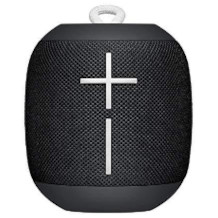
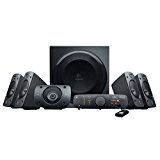
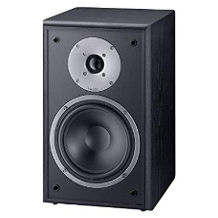
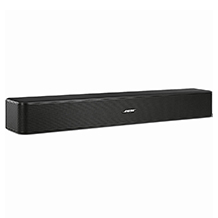
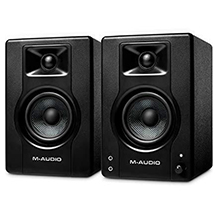
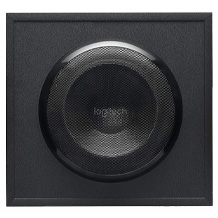
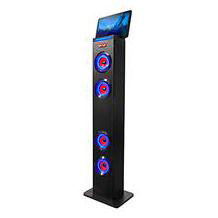
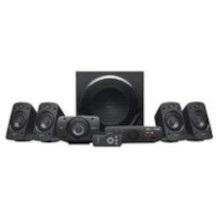
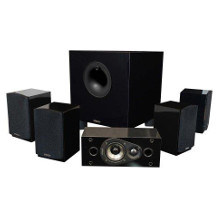
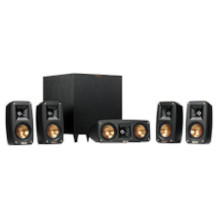
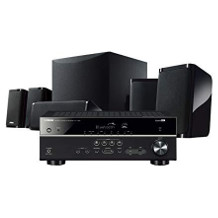
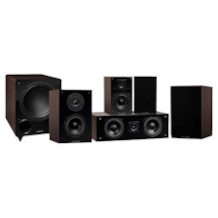
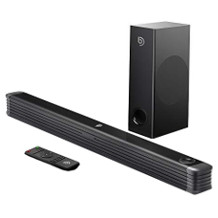

 no reviews
no reviews
